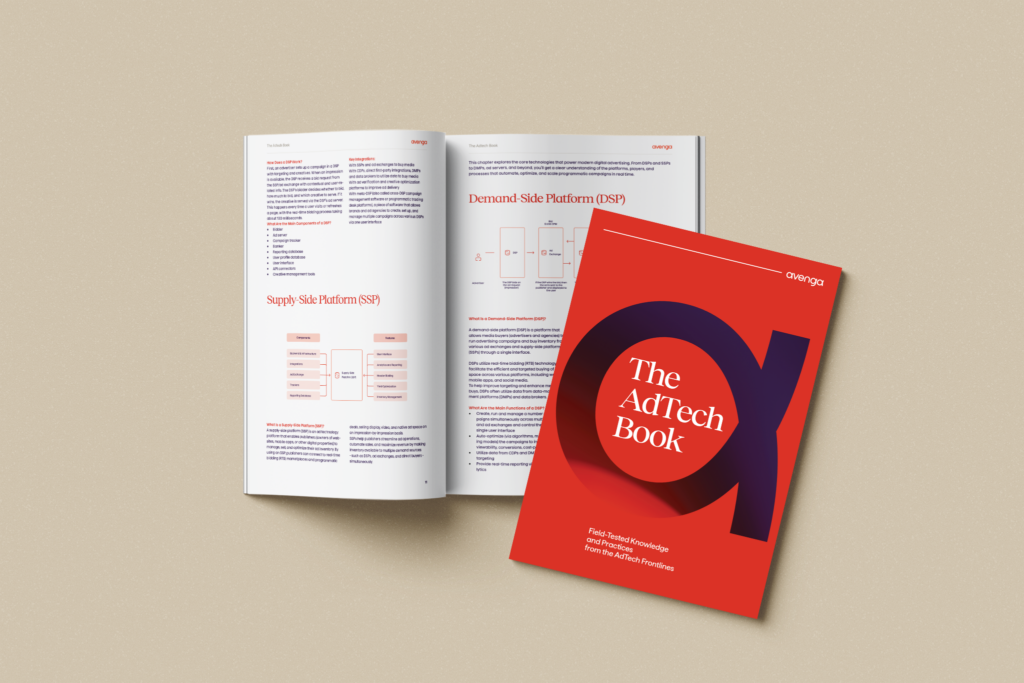Discover our research, insights, and client successes to help you navigate change and accelerate value creation
Featured Insights
Nearshore outsourcing companies for US-based businesses: a 2026 guide

Featured Insights
Major transportation industry trends in 2026

Featured Insights
Nearshore software development in Europe: 2026 top vendors

Featured Insights
Key manufacturing trends that will shape the industry in 2026

Featured Insights
Telecom self-reported 101: adopting self-service credit reports

Featured Insights
How to improve customer experience (CX) at every touchpoint with AI

Featured Insights
8 MarTech and AdTech trends to watch in 2026

Featured Insights
Banking technology trends 2026: The future of money is here




